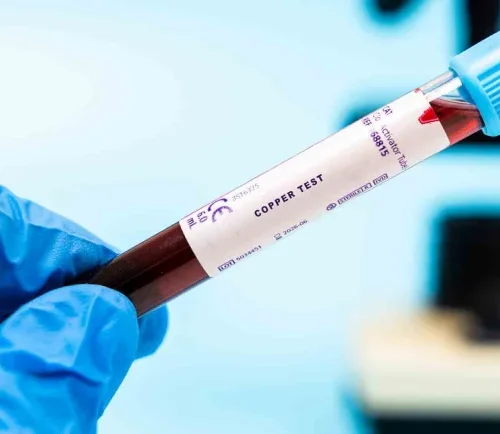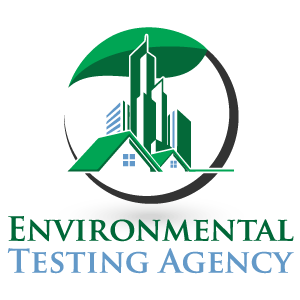Frequently Asked Questions (FAQs)
Copper can enter water from plumbing systems, industrial waste, agricultural runoff, and natural sources like soil runoff.
The EPA’s safe level for copper in drinking water is 1.3 mg/L.
Signs of copper in water include a metallic taste, blue or green stains on fixtures, and a change in water color. Testing is required for accurate detection.
No, boiling water does not remove copper. Filtration methods like reverse osmosis are needed.
Reverse osmosis systems are the most effective at removing copper from drinking water.
High levels of copper can cause short-term health issues like nausea and vomiting, and long-term exposure can damage the liver and kidneys.
Yes, infants and pregnant women are more sensitive to copper, which can cause health problems.
Bottled water can contain copper, especially if the bottles have been stored in high temperatures for long periods.
It is recommended to test your water for manganese every year, especially if you rely on a private well or have concerns about contamination.
Yes, older copper plumbing can leach copper into the water, particularly if the pipes are corroded.
Conclusion
Copper is a naturally occurring element that is essential to human health but can pose significant risks when present in high concentrations in drinking water. It is important to monitor copper levels and take steps to remove or reduce it if necessary. By testing your water regularly, using appropriate filtration systems, and replacing old plumbing, you can ensure that your drinking water remains safe. Always stay informed about the regulations set by health organizations and take appropriate action to protect yourself and your family from copper contamination.


